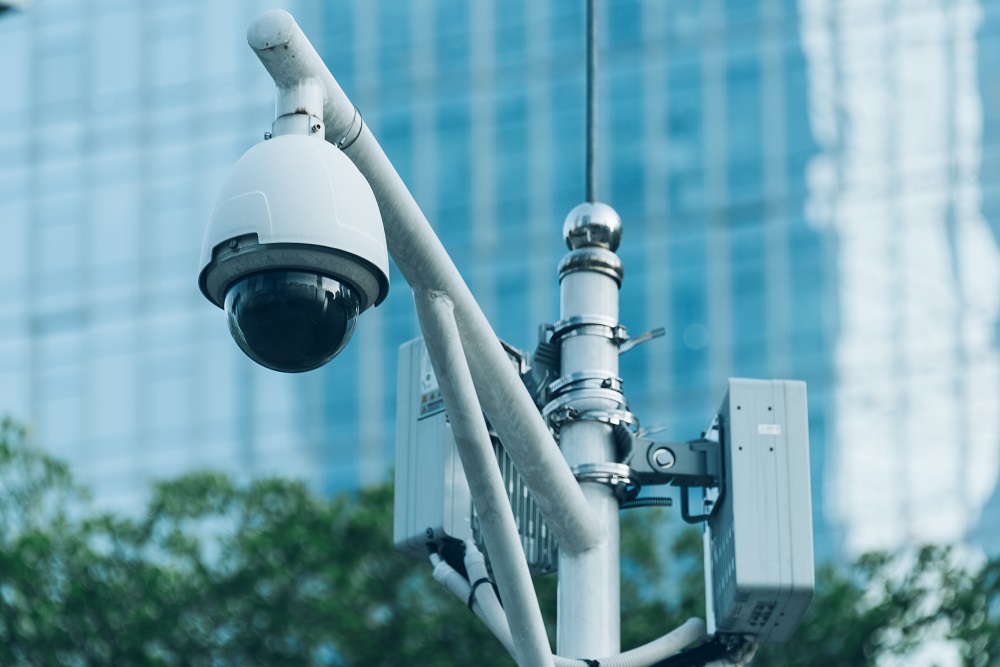Surveillance: eyes of the digital age. Indeed, that’s true! In this technology revolutionized era, everything is under the watch of video surveillance, getting recorded and actively monitored. But there’s a catch to it. The surveillance is effective only if a person looks through the live footage or the recorded video dedicatedly. In most cases, the video surveillance cameras are passive; just hanging in the corner, streaming live footage and recording. They are merely the deterrence and the evidence providing gadget to help if something goes wrong. Someone stole your car? Check the CCTV footage.
Video Analytics in Surveillance
Artificial intelligence has also transformed the way we think about video surveillance. Video analytics, driven by AI and machine learning, has successfully been able to provide ‘digital eyes’ to the surveillance cameras. In other words, the digital cameras have now got their own brain which helps them analyze the video in real-time and provide valuable insights. All of it without any human intervention! This is fantastic news for us as it is helping police and the rapid action teams to spot criminals and accidents easily.
The advent of AI in video analytics also raises certain concerns about the efficiency and integrity of the system. What if the government, or maybe terrorists can track the whole population just using CCTV? The police would be able to find you in the city simply by entering your mugshot in their AI video surveillance system. What will happen if the faulty AI algorithm pings the cops only because it didn’t like the look of certain teenagers?
Video Content Analysis
The content collected by the video cameras gets analyzed by the AI content analytics algorithms. However, people have been facing several issues such as budget constraints due to high configuration costs and high false alarm rates due to the capturing of poor-quality images. The effectiveness of video analytics is directly proportional to the way it is implemented. The most secure and advanced systems use multi-spectral imaging such as infrared light, visible light and thermal imaging to analyze the video content.
Video surveillance is projected to play a very critical role in creating “Smart homes”. Companies like Netgear, Amazon, Logitech and Nest – owned by Google, are already excellently serving to the prospering market of smart home security cameras. The convenience these cameras are providing is truly impeccable as they connect to the home Wi-Fi and provide live streaming directly to your phone via an app. Imagine the security boost one’s home would have if video analytics could replace you and watch over your home.
Conclusion
Video analytics in surveillance is revolutionary and it is going to change the way we literally ‘look’ at things. We shouldn’t forget that with the emergence of any new technology, the dangers of it falling into the wrong hands are also pretty grave. The future of surveillance – driven by video analytics, can only boom if it is able to provide people with their independence while guaranteeing their safety.









